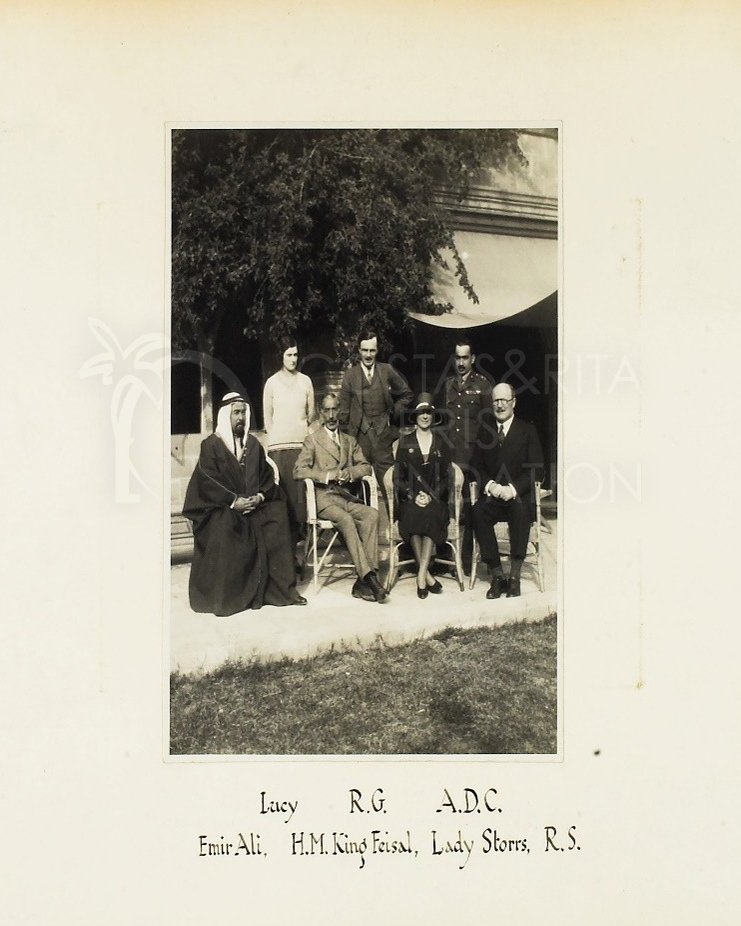Hussein bin Ali al-Hashimi (1854 –1931) was an Arab leader who was the Sharif and Emir of Mecca from 1908 and King of Hejaz from 1916 to 1924. He is usually considered the father of modern Pan-Arabism.
In 1908, in the aftermath of the Young Turk Revolution, Hussein was appointed Sharif of Mecca by the Ottoman Sultan Abdul Hamid II. His relationship with the Ottoman government deteriorated because of their policies of Turkification and persecution of ethnic minorities, including Arabs.
In 1916, with the promise of British support for Arab independence, he proclaimed the Arab Revolt against the Ottoman Empire, accusing the Committee of Union and Progress of violating tenets of Islam and limiting the power of the sultan-caliph. While his armies, led by his sons, were engaged in fighting the Ottoman and German troops in the Middle East, Hussein supported the Armenians during the Armenian genocide and saved up to 4,000 of them.
In the aftermath of World War I, Hussein refused to ratify the Treaty of Versailles, in protest of the Balfour Declaration, a document supporting the Jewish settlers in Palestine, and the establishment of British and French mandates in Syria, Iraq, and Palestine. His sons, Faisal and Abdullah, were made rulers of Iraq and Transjordan , respectively, in 1921.
He later refused to sign the Anglo-Hashemite Treaty and thus was left in a very precarious position, the British deciding progressively to stop supporting him after the proclamation of his caliphate and his refusal to sign any treaty with them. In October 1924, he abdicated and was succeeded as king by his eldest son Ali bin Hussein. Hussein was then sent into exile to Cyprus, where the British kept him prisoner until his health deteriorated so much that they allowed him to go back to Amman, next to his son Abdullah I of Jordan.
In March 1927, Rupert Gunnis visited the exiled King of Hejaz. He had tea with the King, a rather heavy entertainment, only relieved when his horse, a pure white Arab horse with a silver bridle, came up the steps and into the room to eat dates – a very attractive habit.
© Costas and Rita Severis Foundation
The 'Did you Know' series is supported by The Hellenic Initiative Canada.







